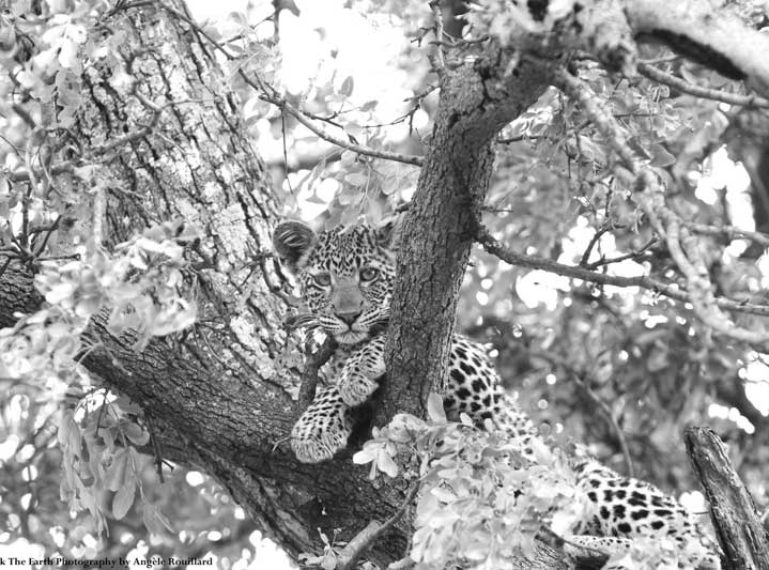
It’s getting hot, hot, hot up in the African bush, and the summer rains bring added humidity to the climate. In both Botswana and the Kruger we are seeing changes in the environment, the presence of wildlife, and animal behaviour. Migratory birds continue to fleck the air with new colours and sounds; one of the most prominent in the Kruger being the woodlands kingfisher, whose call is distinctive and consistent. Baby impalas are getting a little bigger and more steady on their feet, although their instinct to escape still makes them difficult to photograph. The contrast of zebra stripes against the green foliage is marvellously striking, while the overgrown trees keep the elusive animals well-hidden.
At Africa on Foot in the Klaserie Private Nature Reserve, the summer heat has taken its toll on the hyenas, which have recently been seen acting like dagha-boys and rolling in the mud to keep cool! Their usual spotted appearance taking on a more camouflaged brown, these incredible predators looked like they were thoroughly enjoying the mud bath.
Also at Africa on Foot and nThambo Tree Camp, the coalition of 3 male lions known as The Trilogy has been hanging around the area. Known to mate with the breakaway Ross Pride females, guides and guests are keeping a keen eye out for some activity that might result in cubs later on! Sadly, the one remaining cub belonging to one of the lionesses is presumed to be dead, as there are no longer tell-tale signs of it being around. It is wonderful to see these big, scarred males in the area, and as always, the resident lionesses.
Another water-lover is becoming more present in the Klaserie now that the rains are filling the dams and waterholes – the waterbuck. Known for the unique markings on its backside (like it sat on a freshly painted toilet seat), the males have very regal and powerful looking horns. The females don’t have any horns, but both animals have particularly furry necks and possess quite an odour. Beautiful to see them in the bush!
Little flap-necked chameleons are popping up all over the show (although it takes some skill to spot these brilliantly green creatures on green, leafy branches!), and they provide some wonderful entertainment for guests on game drive, awkwardly balancing using their 2-toed hands and feet. One much-loved mammal – impossible to miss – is the elephant. Celebrating in the abundance of vegetation and water, big breeding herds and bachelor herds are frequently seen around Africa on Foot and nThmabo Tree Camp, and they are often the reason for game-drive traffic jams!
The Sabi Sand can almost promise leopard sightings! Although that is a dangerous thing to say in the bush – this esteemed game reserve is easily one of the most popular spots for leopard. At Umkumbe Safari Lodge, a female leopard, known as the Notten’s female (pictured in front of the game viewer below), has been seen frequently with her young cub in tow! Guide and photographer Cameron Engelbrecht puts the cub at about 9 months old, which is just about the cutest age for the little guy. Guests have seen him relaxing in true leopard style in the forks of trees, and the rangers at Umkumbe have been lucky enough to see him grow up.
Some more Umkumbe magic is found in its superb rhino sightings, which are becoming more and more precious every single day, as the poaching rate reaches new highs. Zebras – forever photogenic – graze happily on the new grass, and the wonderful leopard tortoise makes slow progress through the bush.
Up in the wildly fantastic lands of Botswana, nature is bursting with energy and exuberance. The rural beauty of the country is unmatched anywhere else, and the style of safari there is refined. It is what Botswana is about, and the environment seems to be designed to enthral. At Camp Savuti and Camp Linyanti in the Chobe National Park, and at Mapula Lodge in the Okavango Delta, the presence of all creatures great and small is overwhelming. Some of the most interesting sightings have been enjoyed there (check out this video of a python eating a mongoose at Camp Linyanti), and some of the most awe-inspiring moments are witnessed by visitors. Here are some sights from the last week in Botswana.
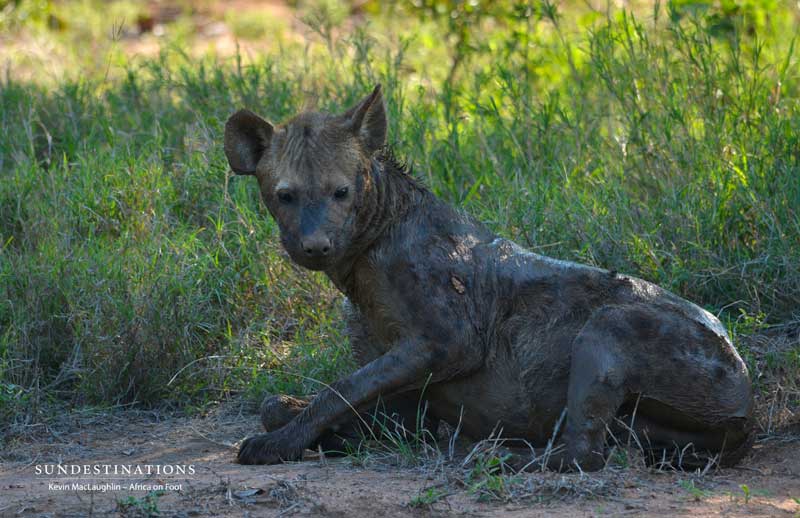
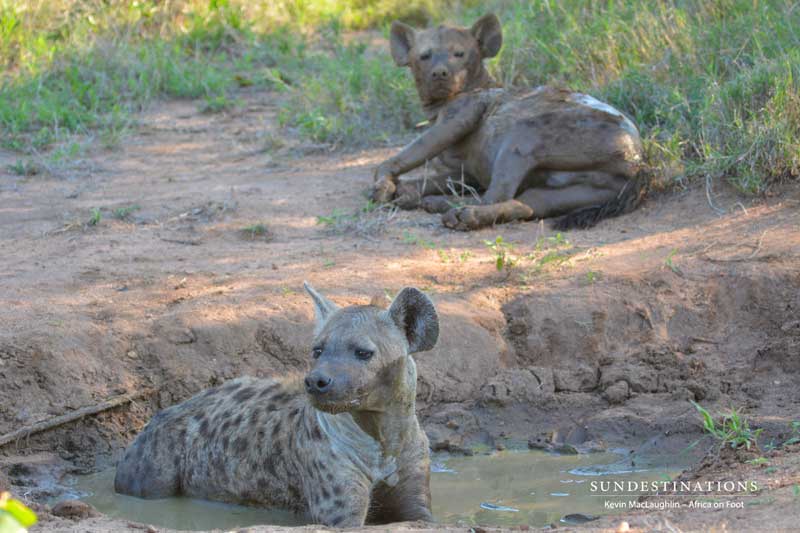
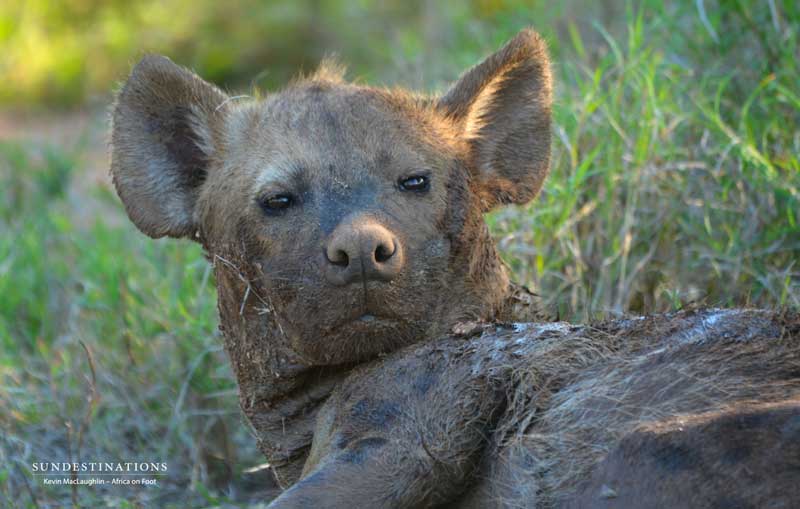
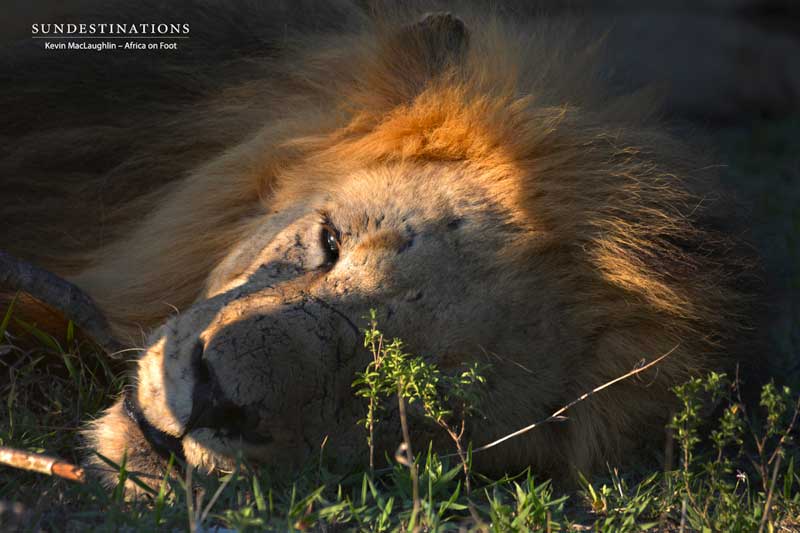
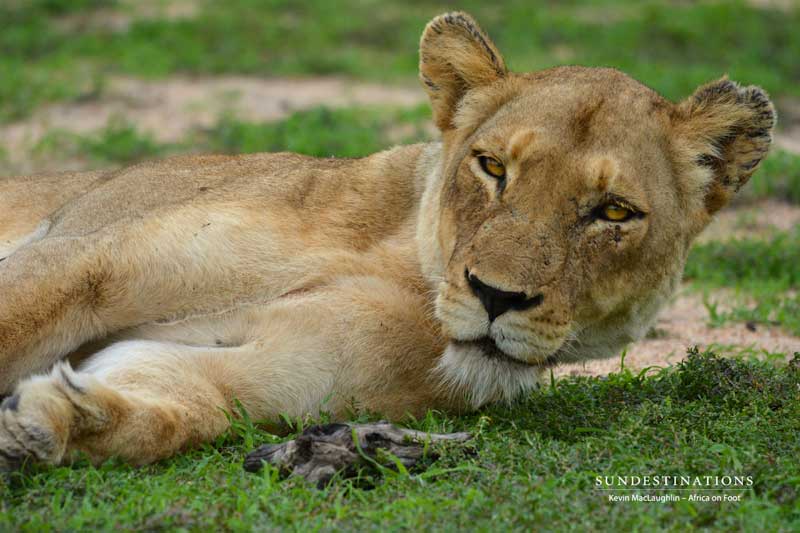
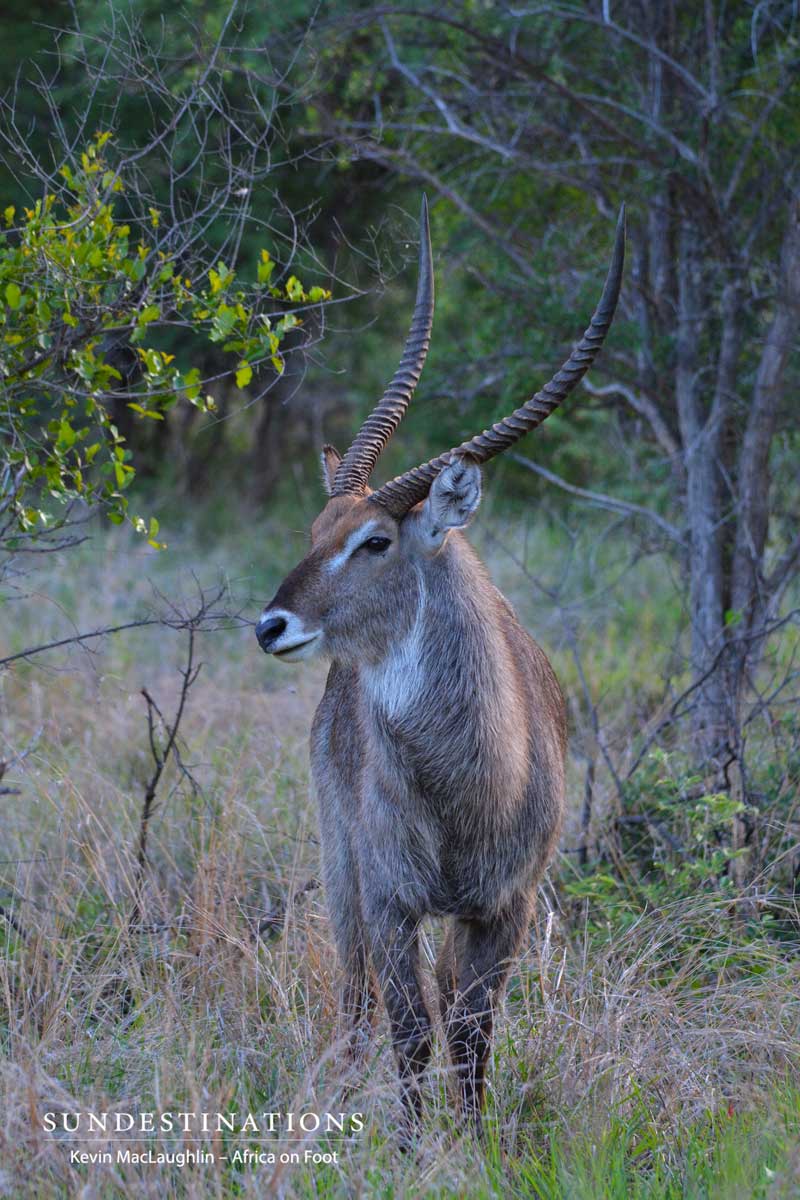
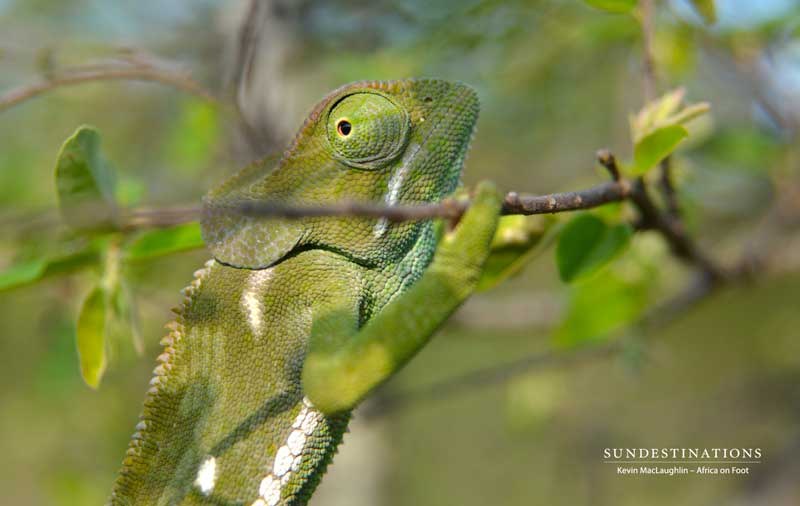
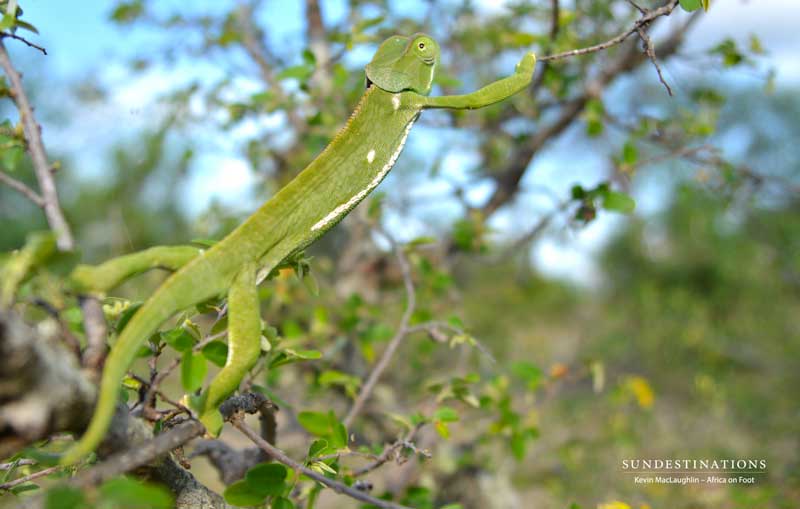
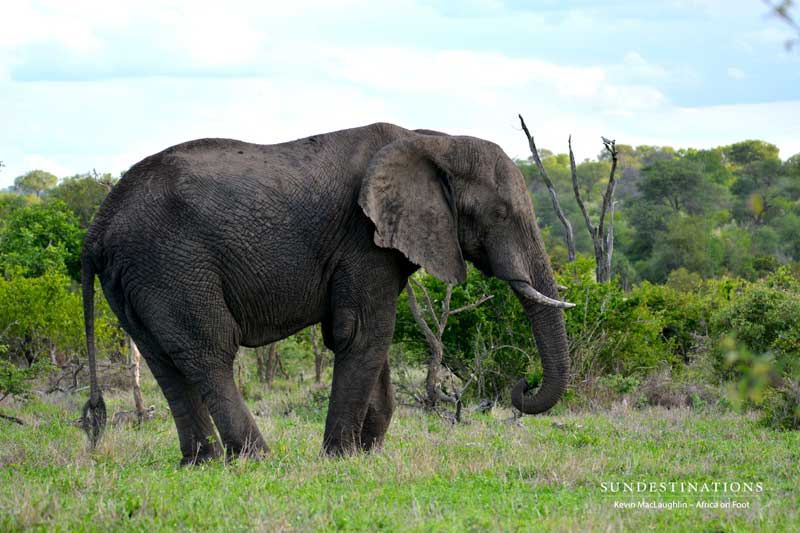
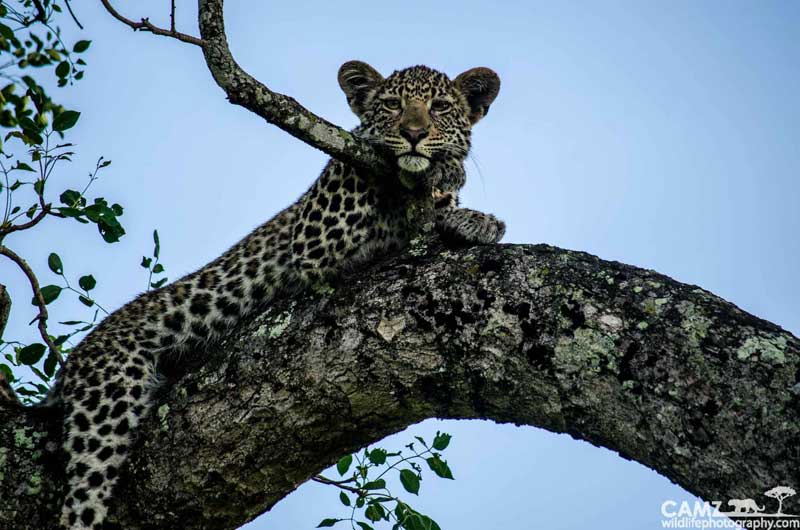
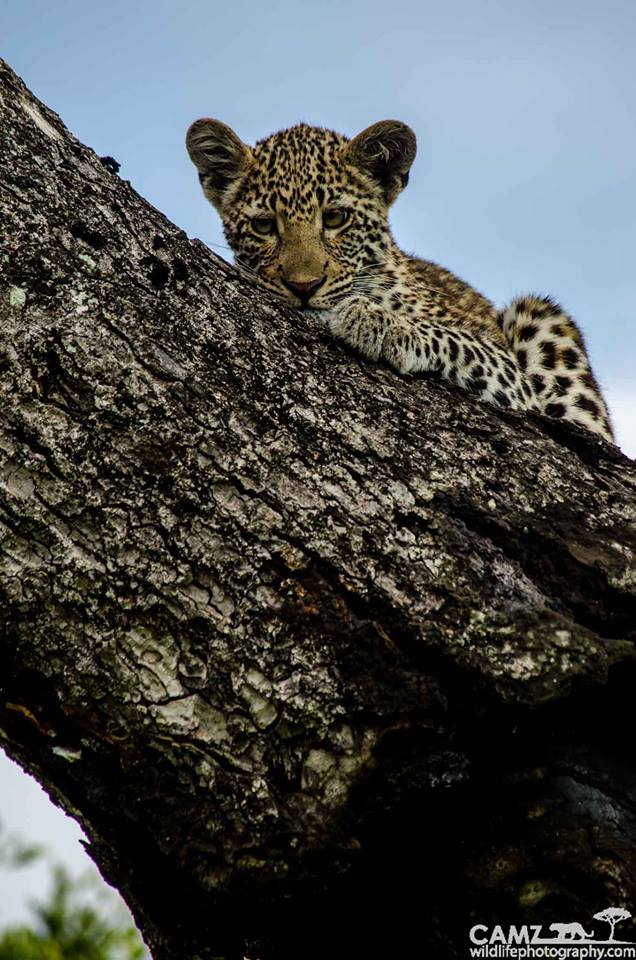
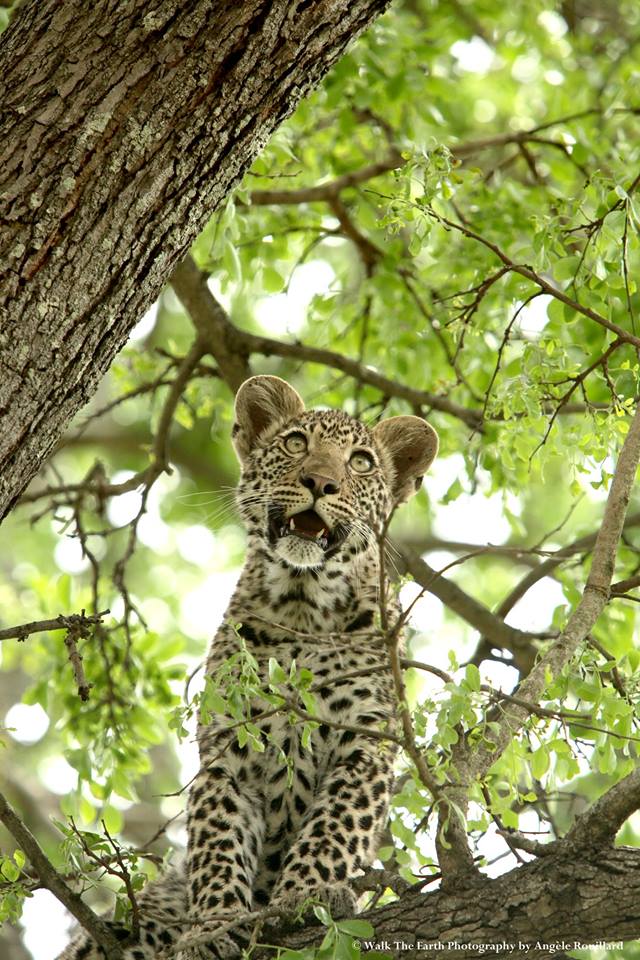
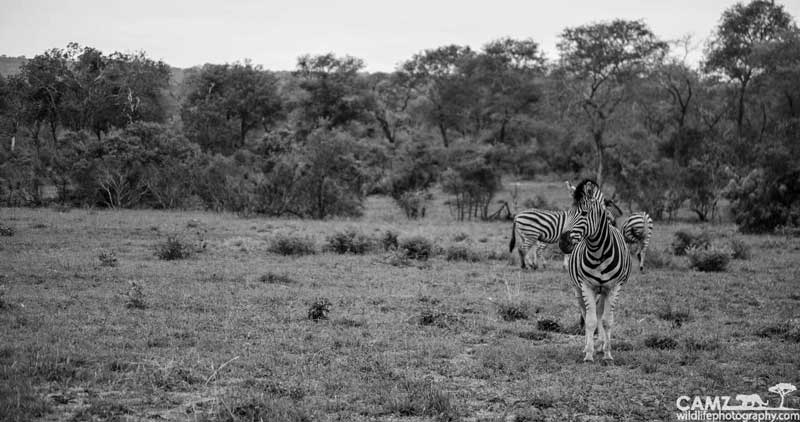
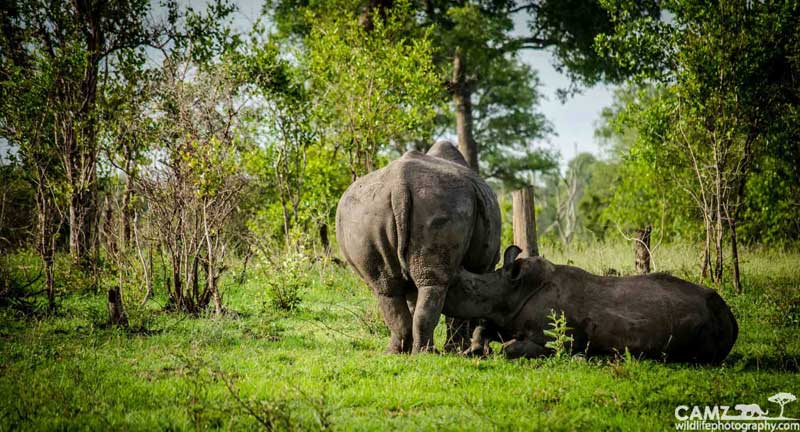
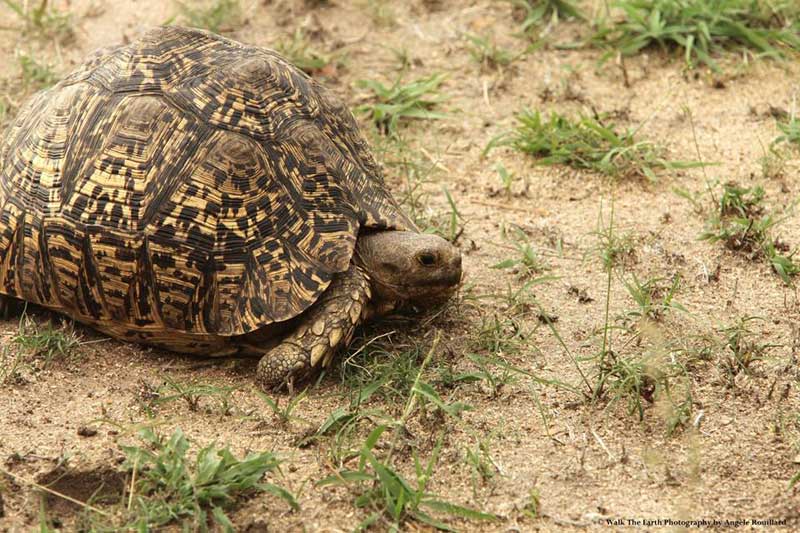
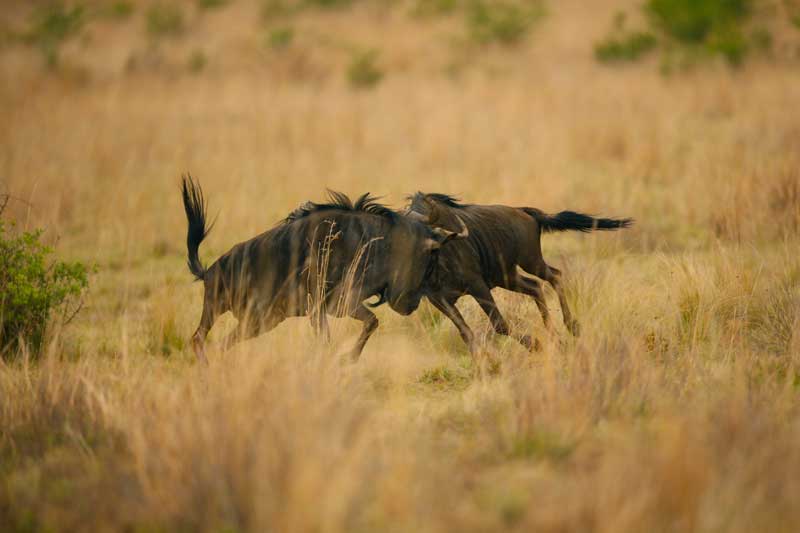
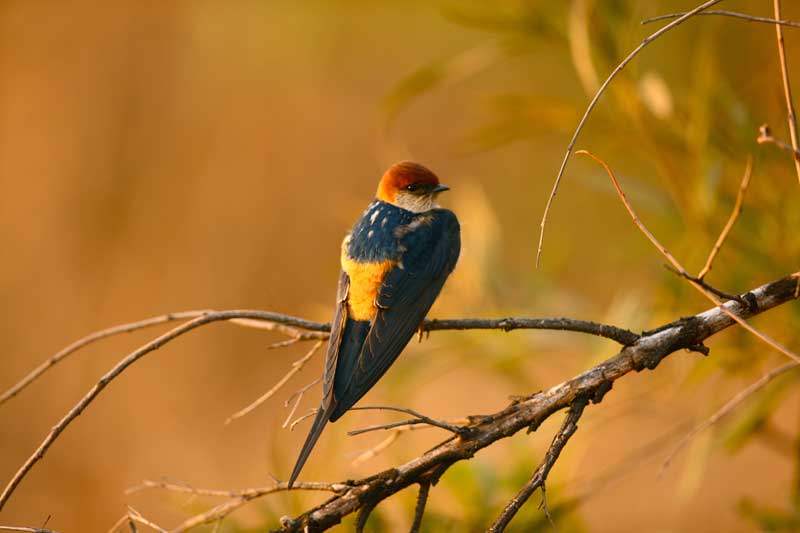
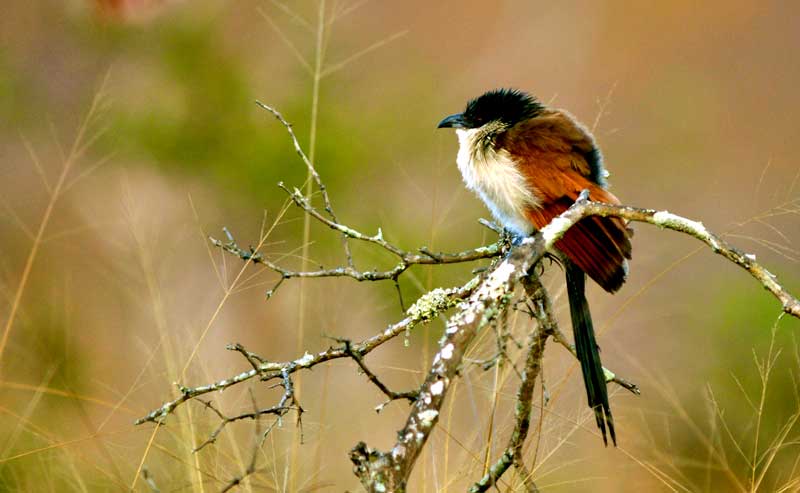
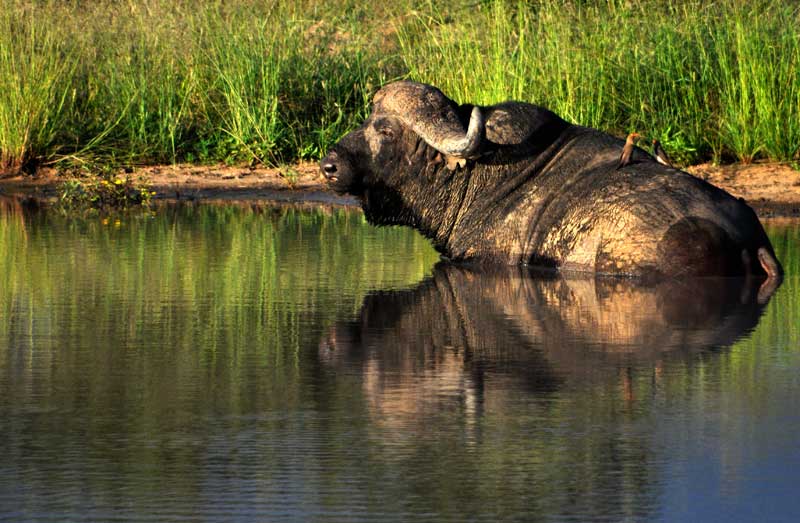
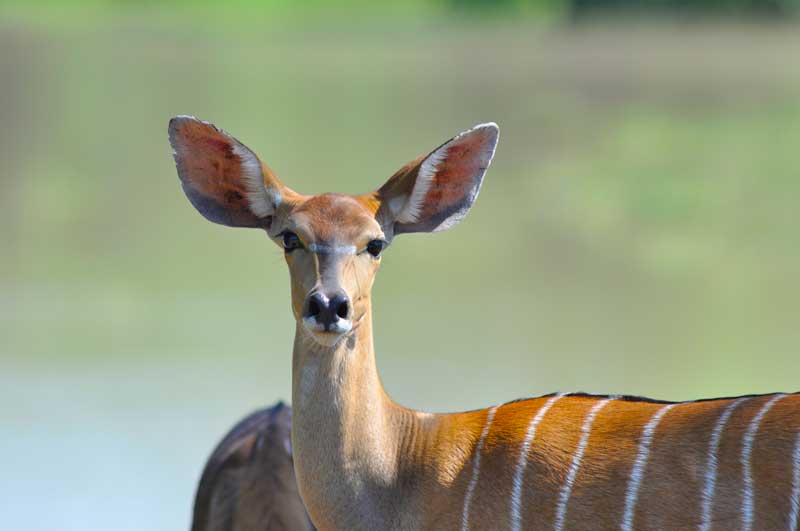
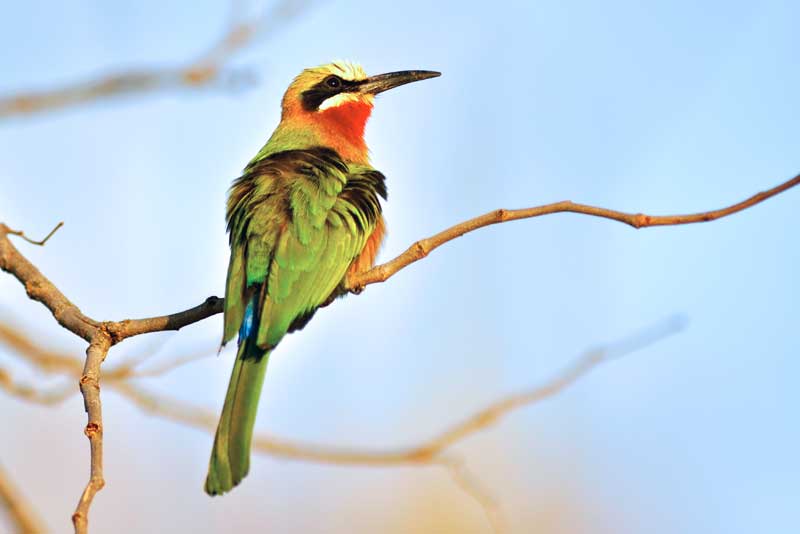
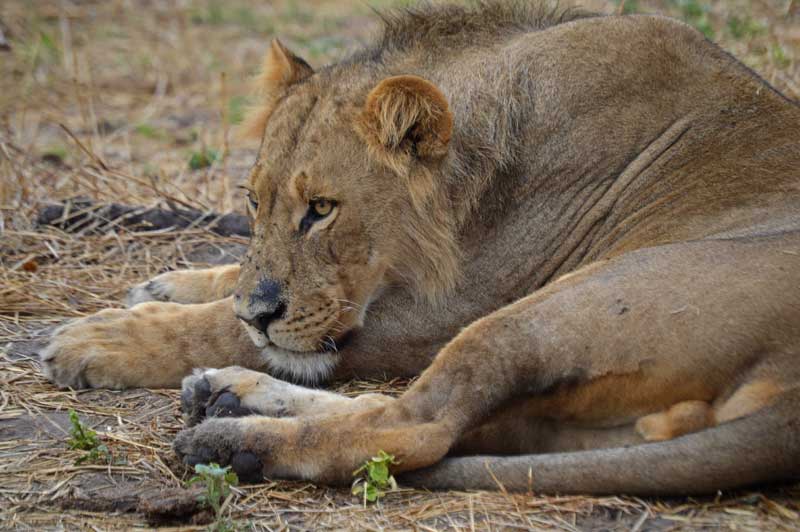
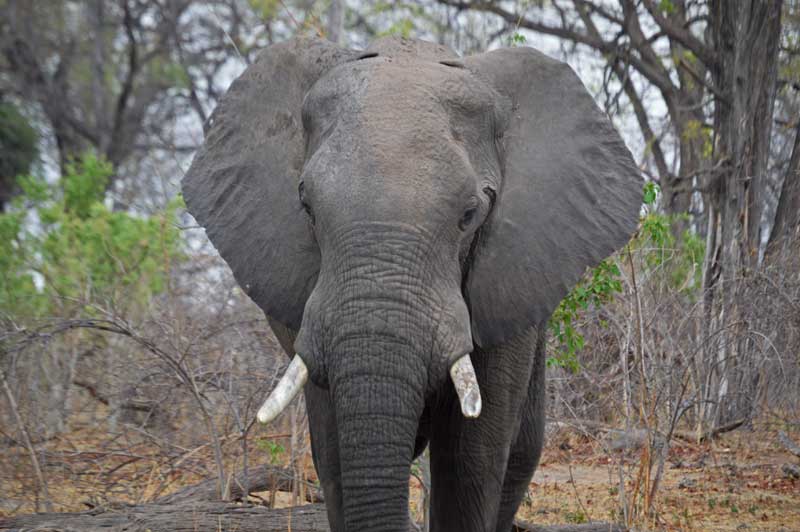
Leave a Comment